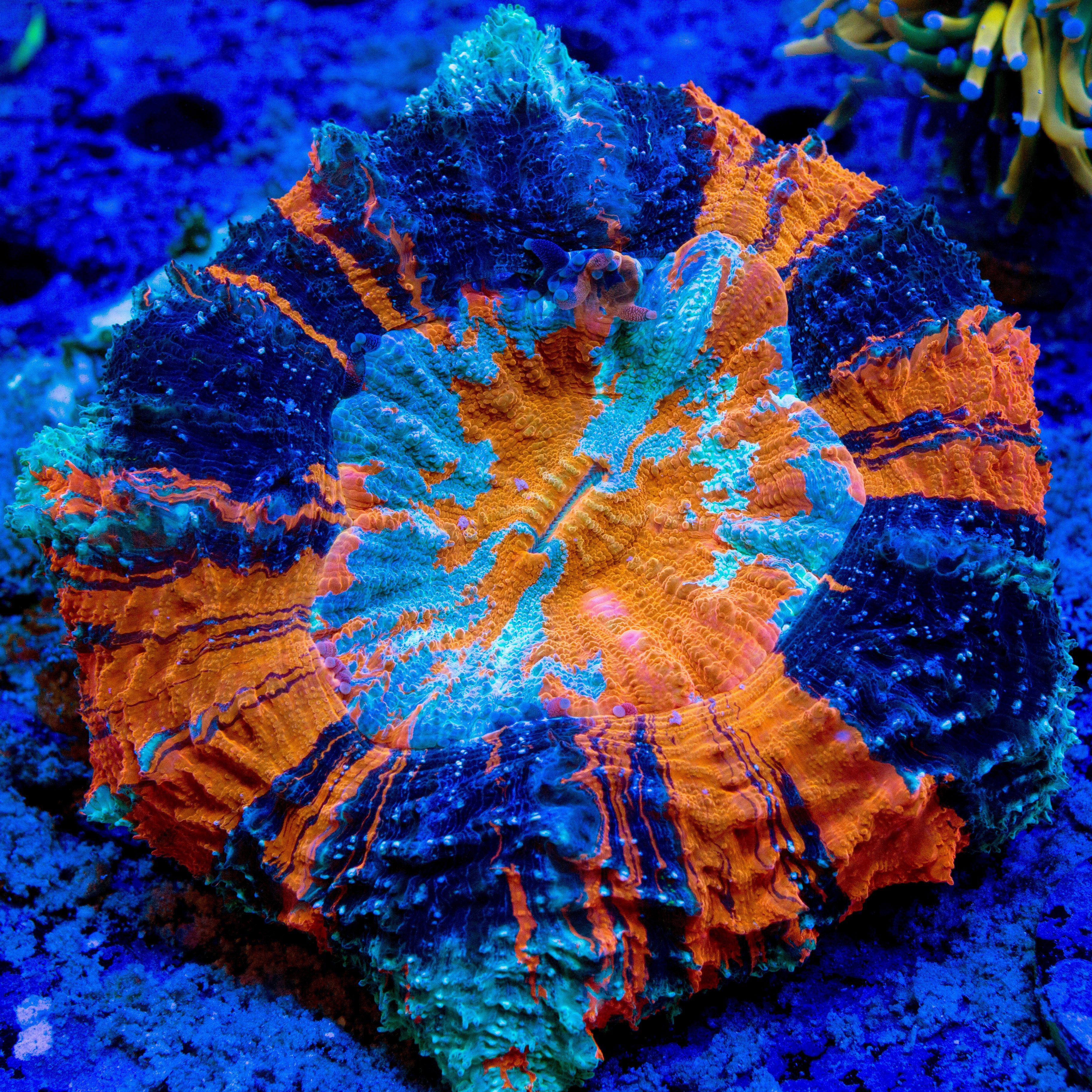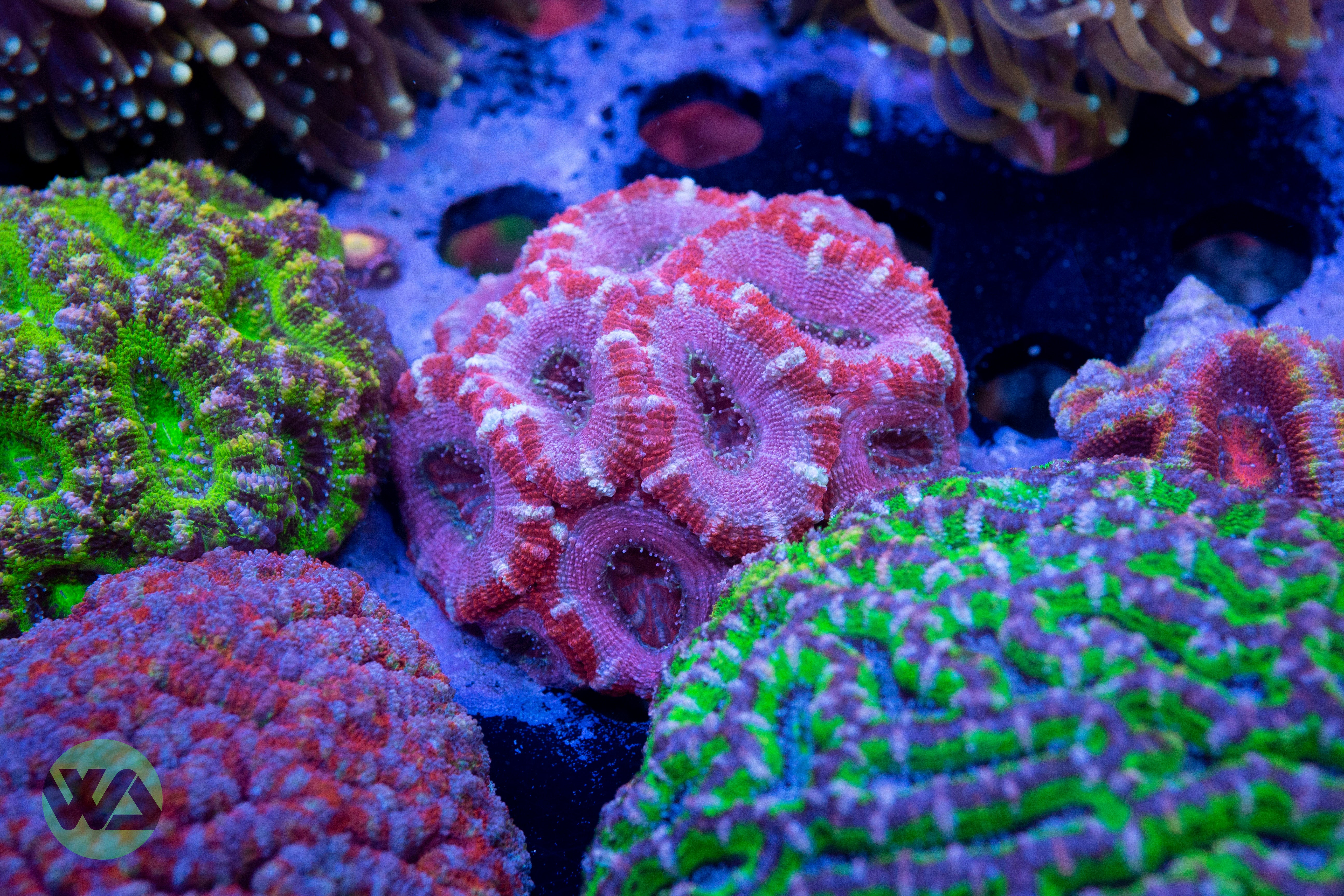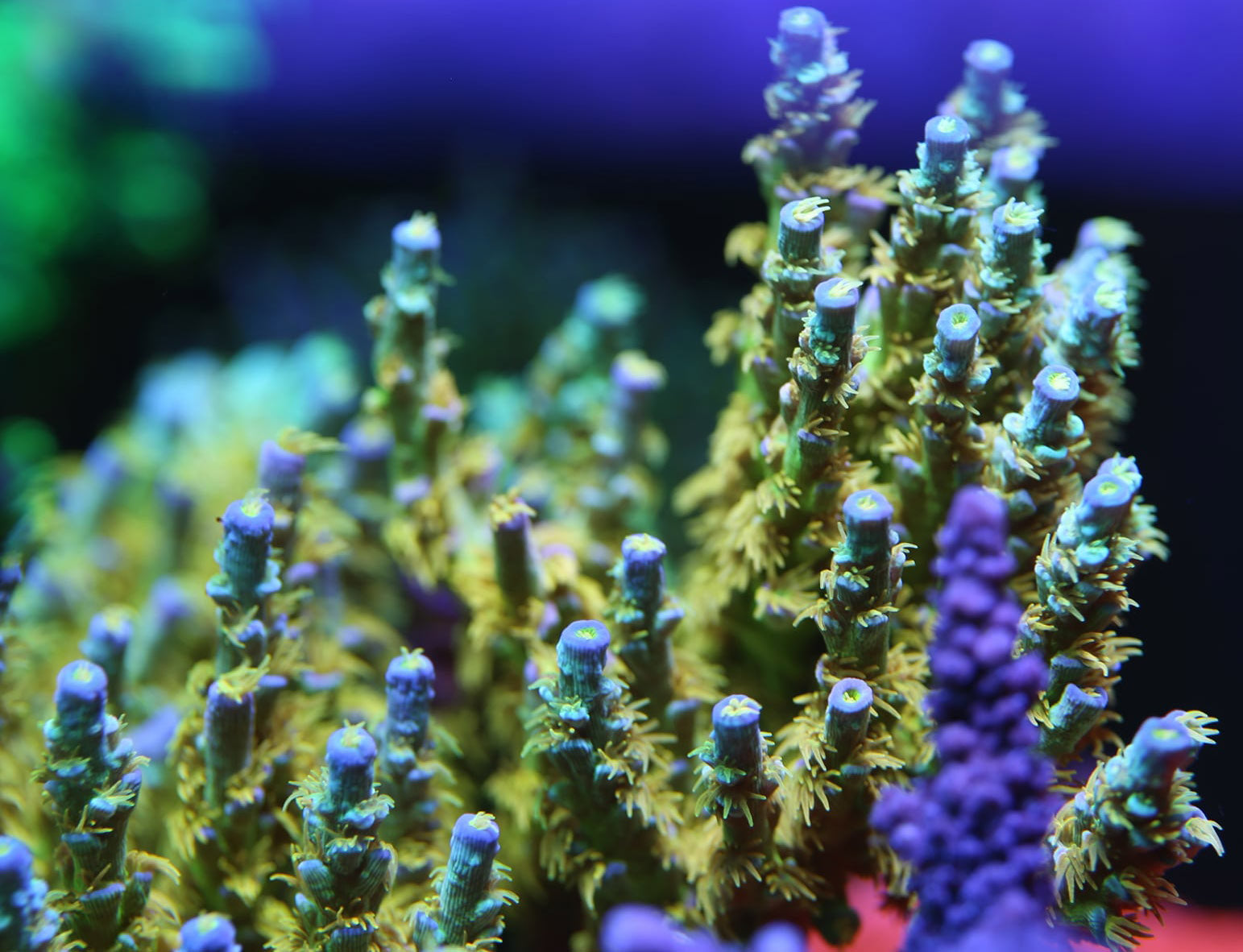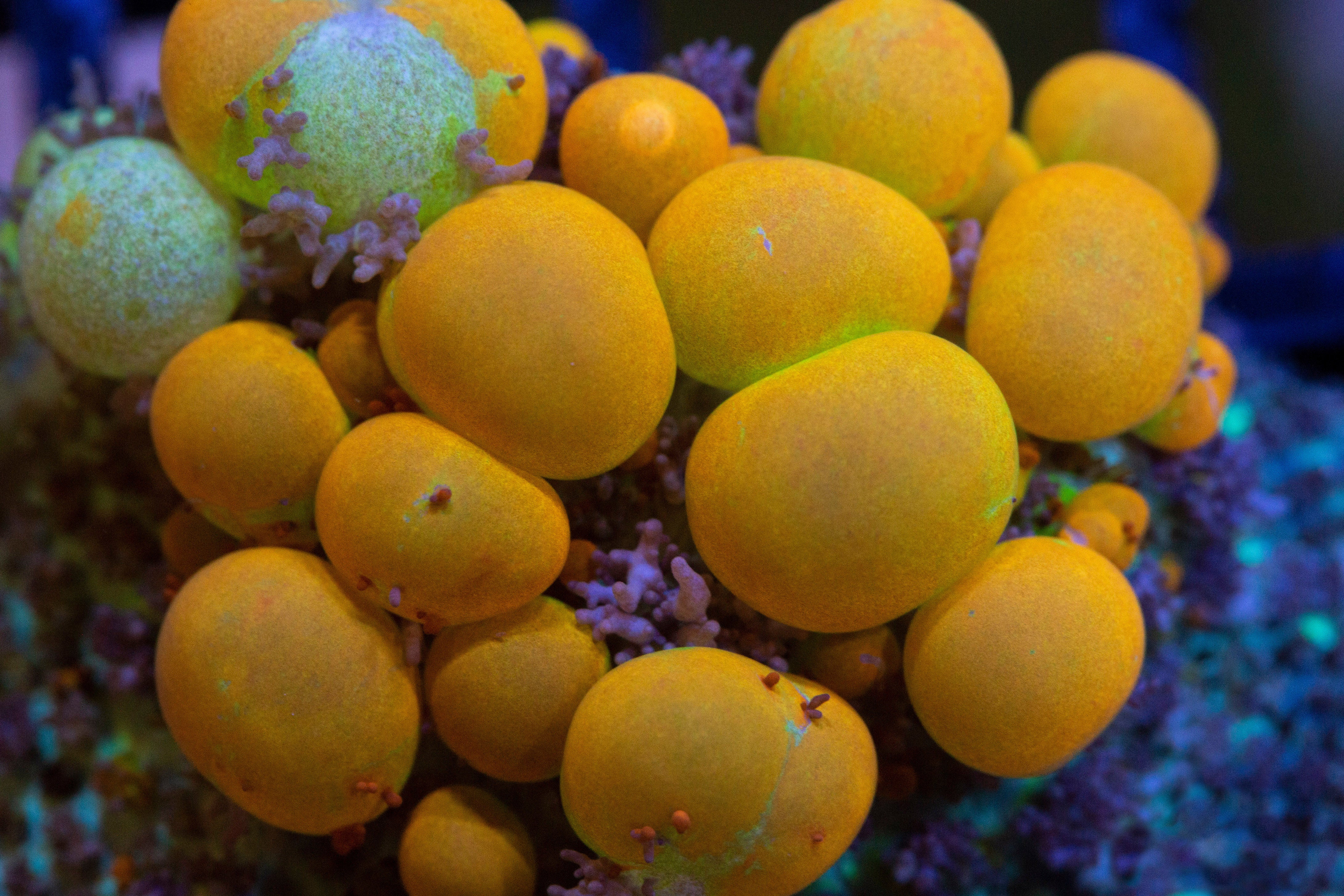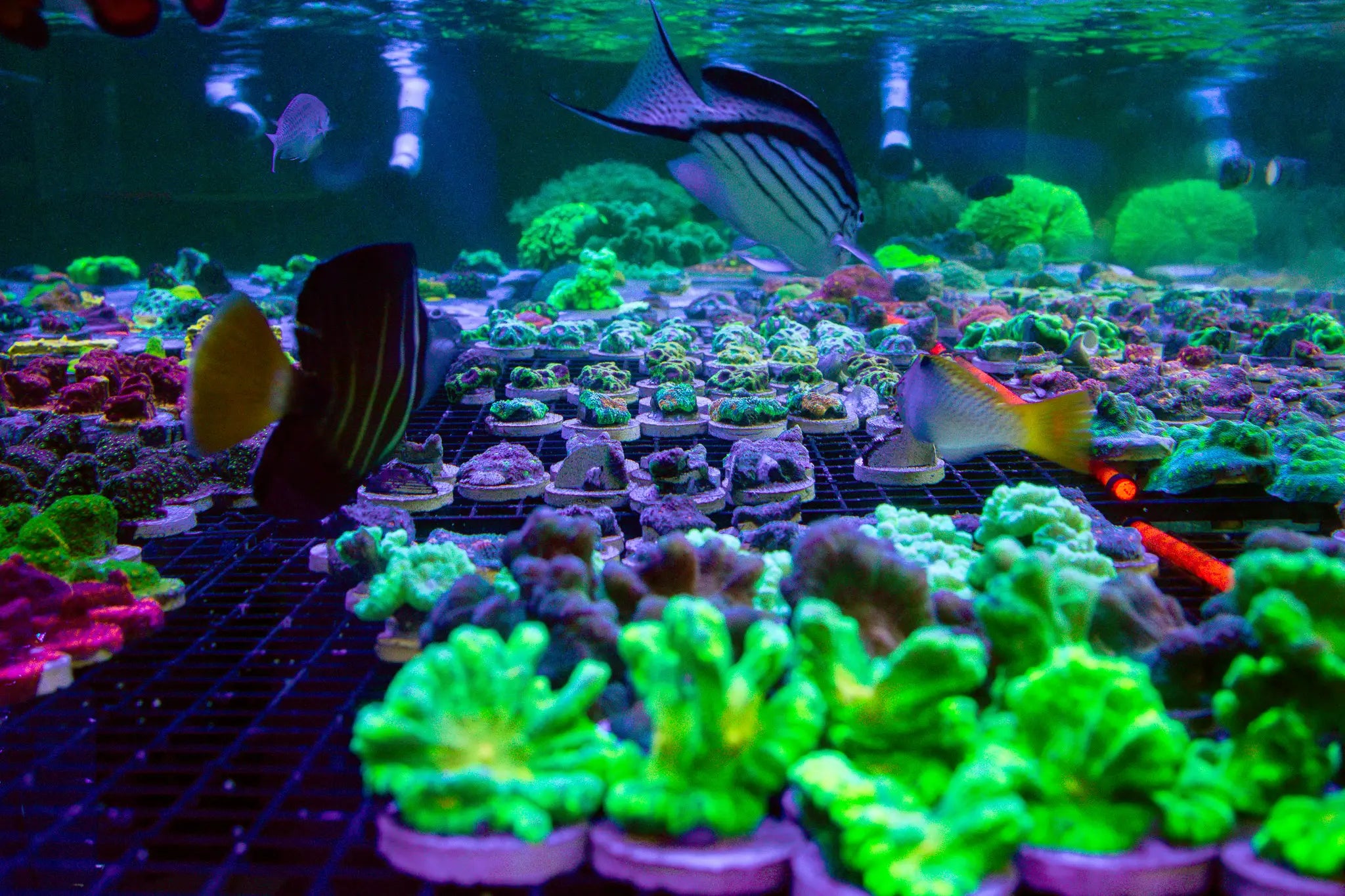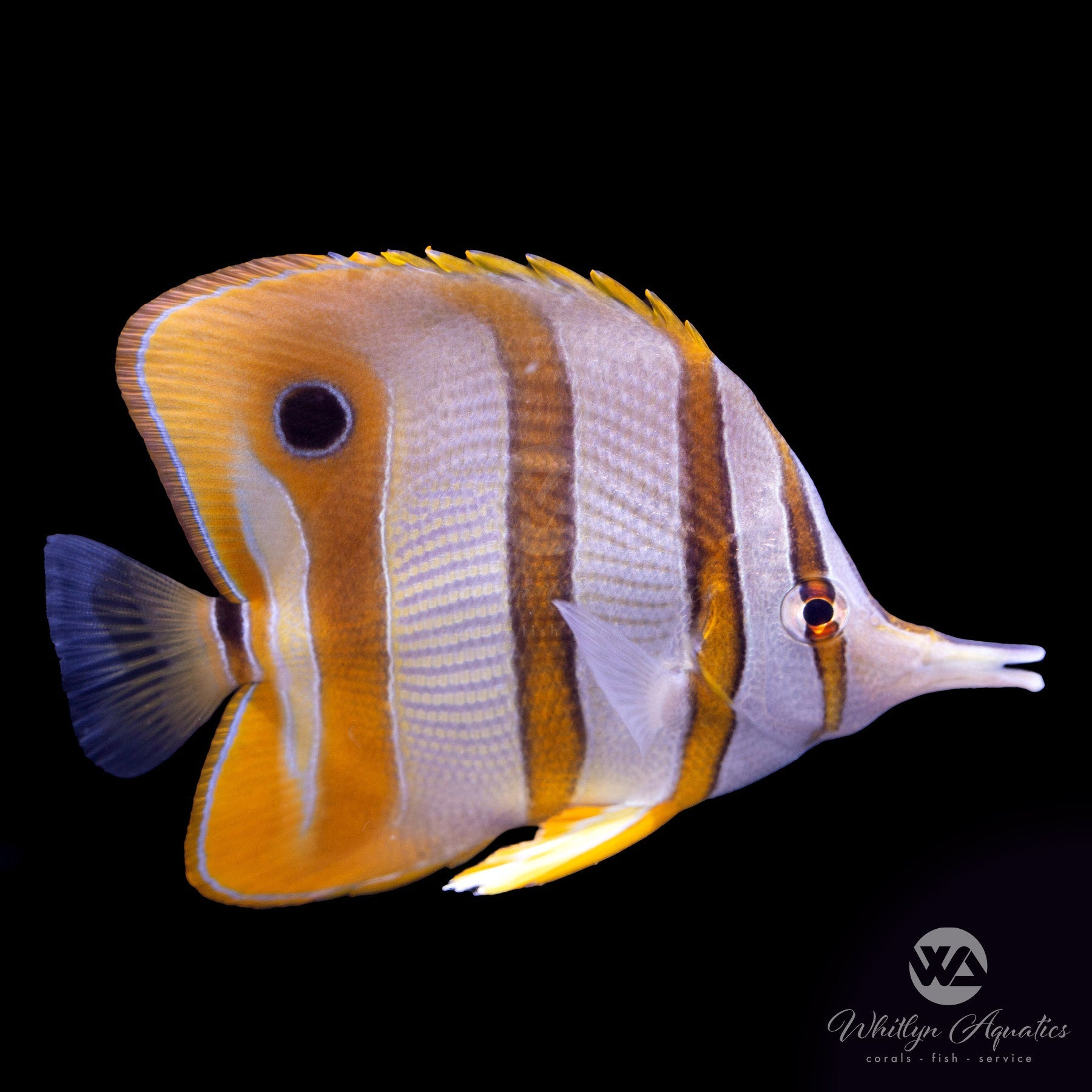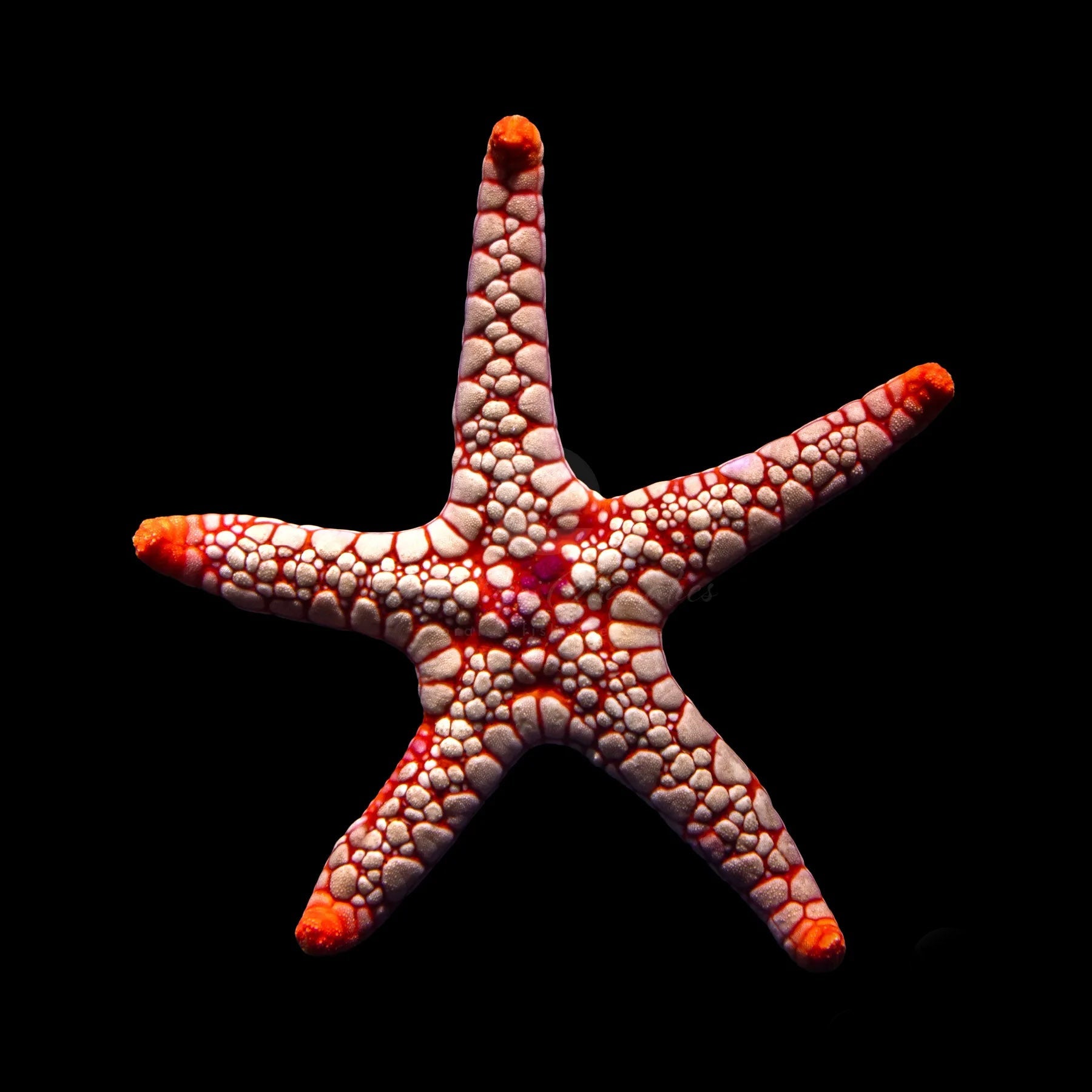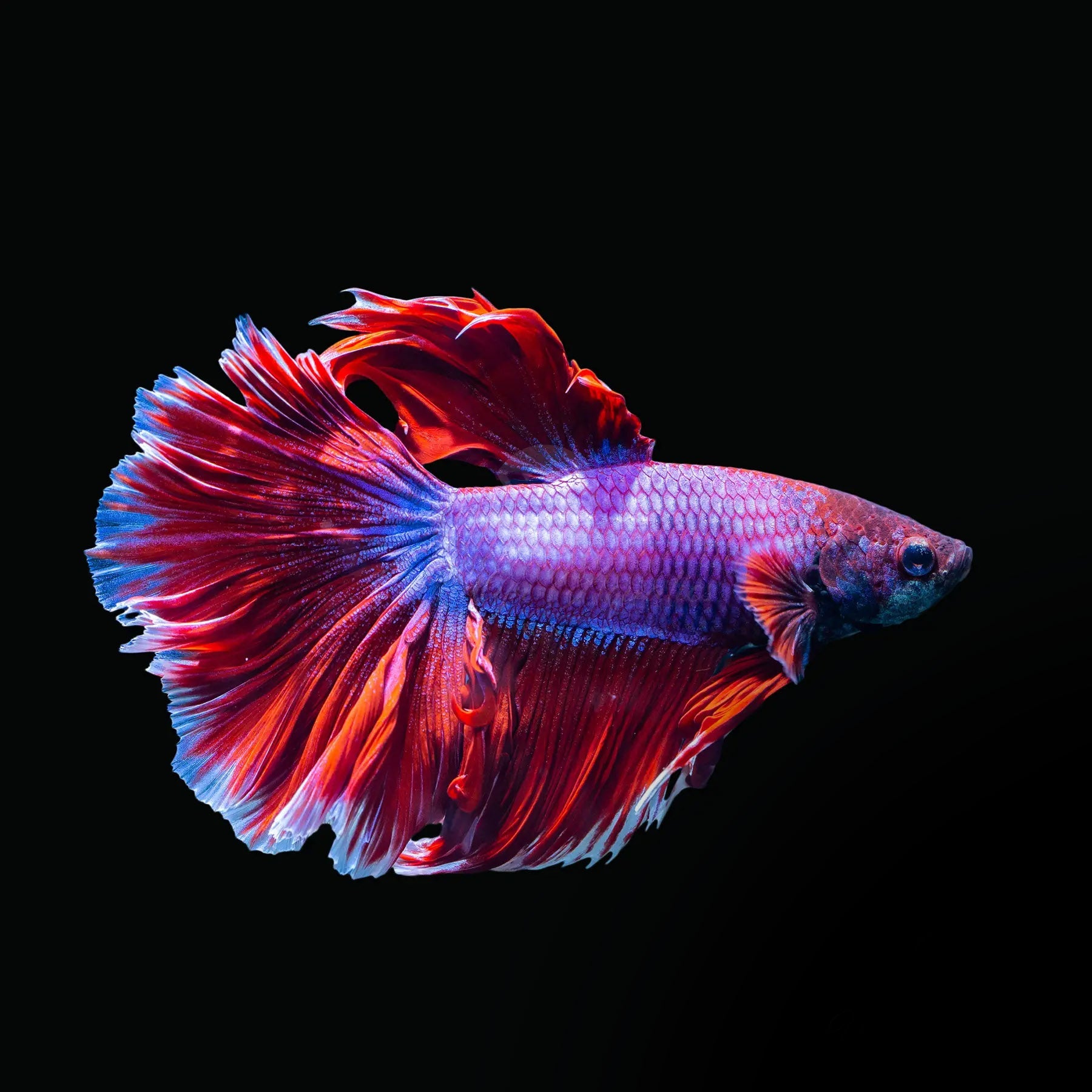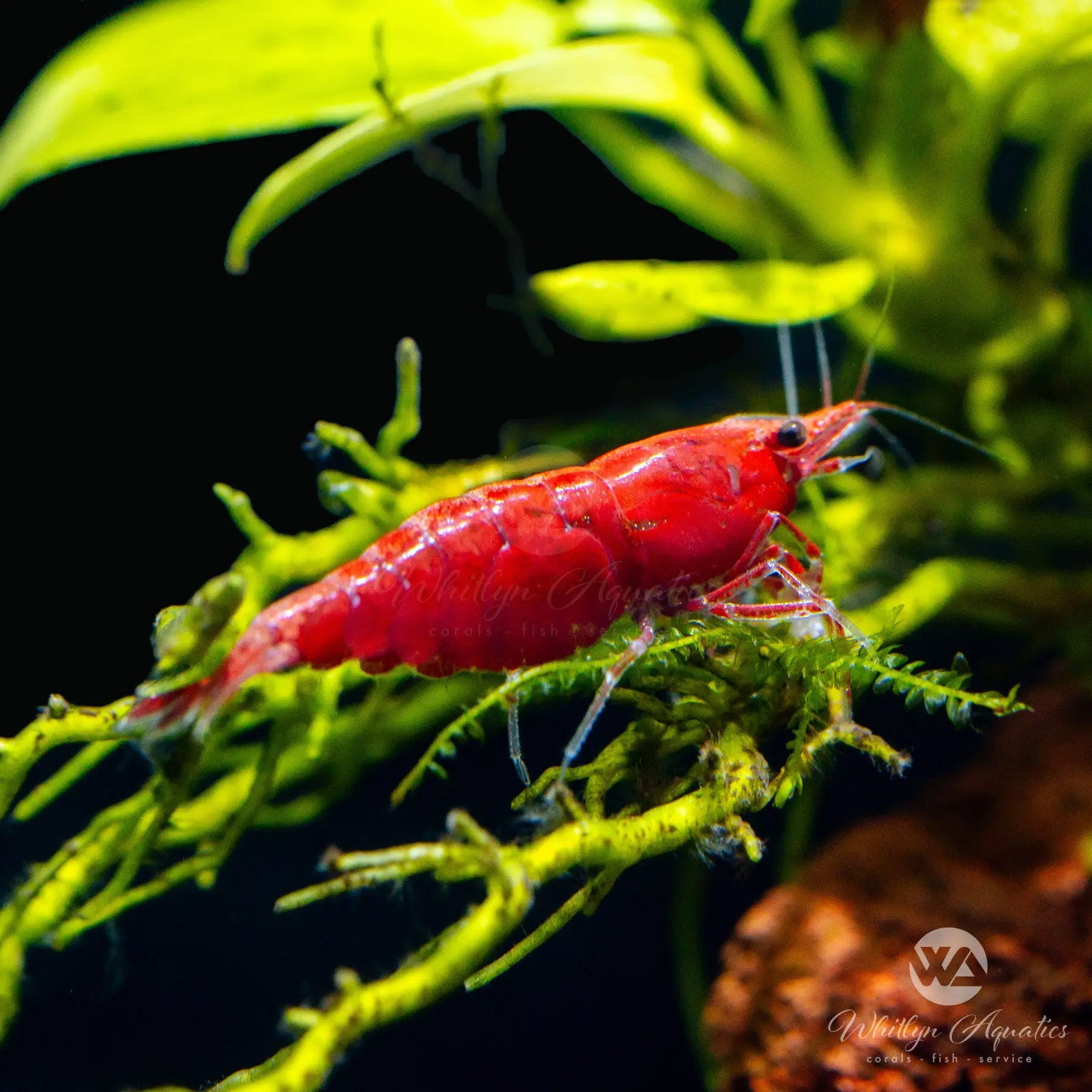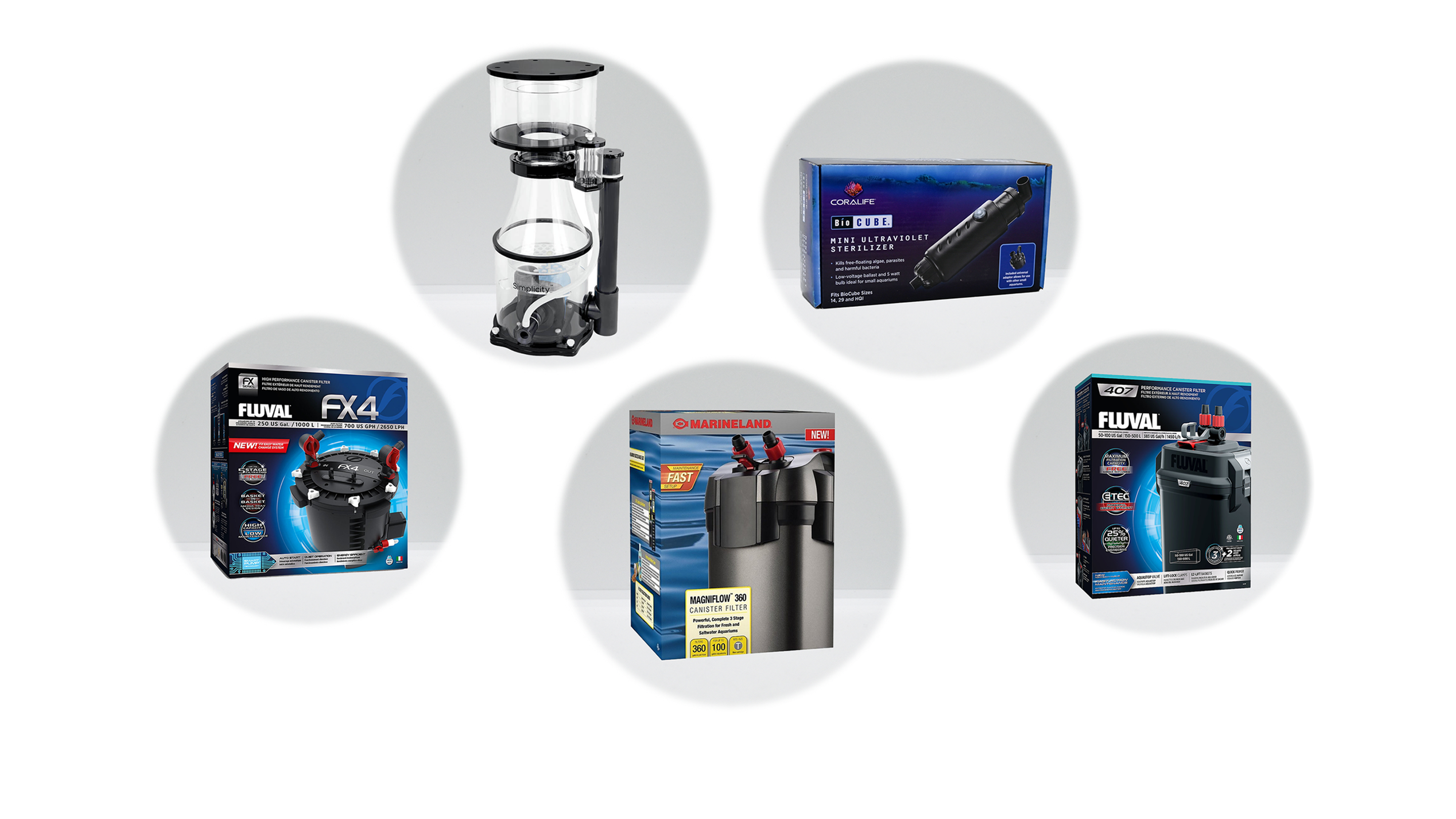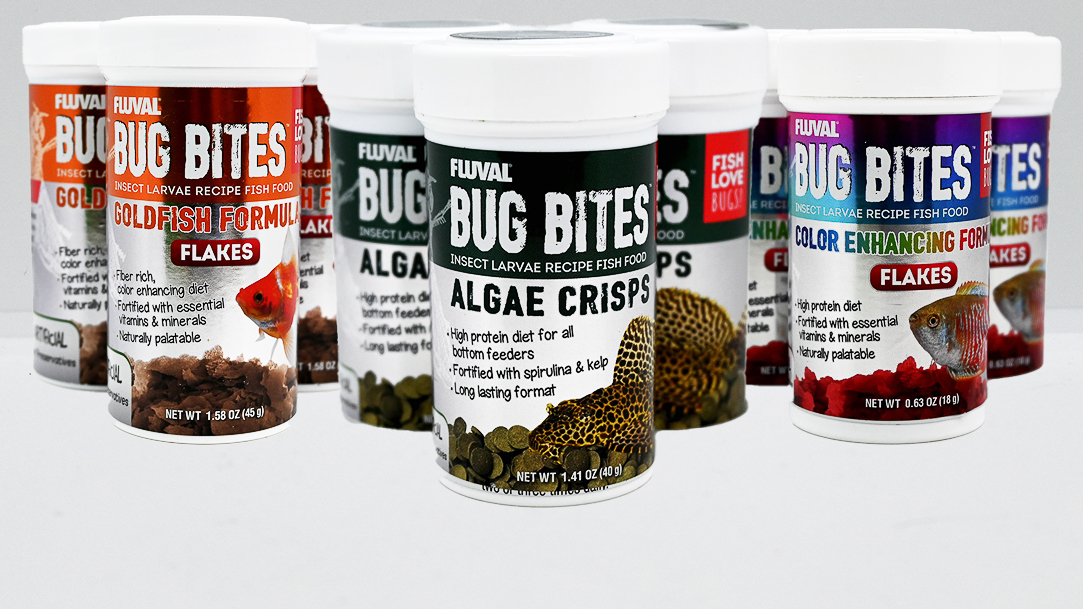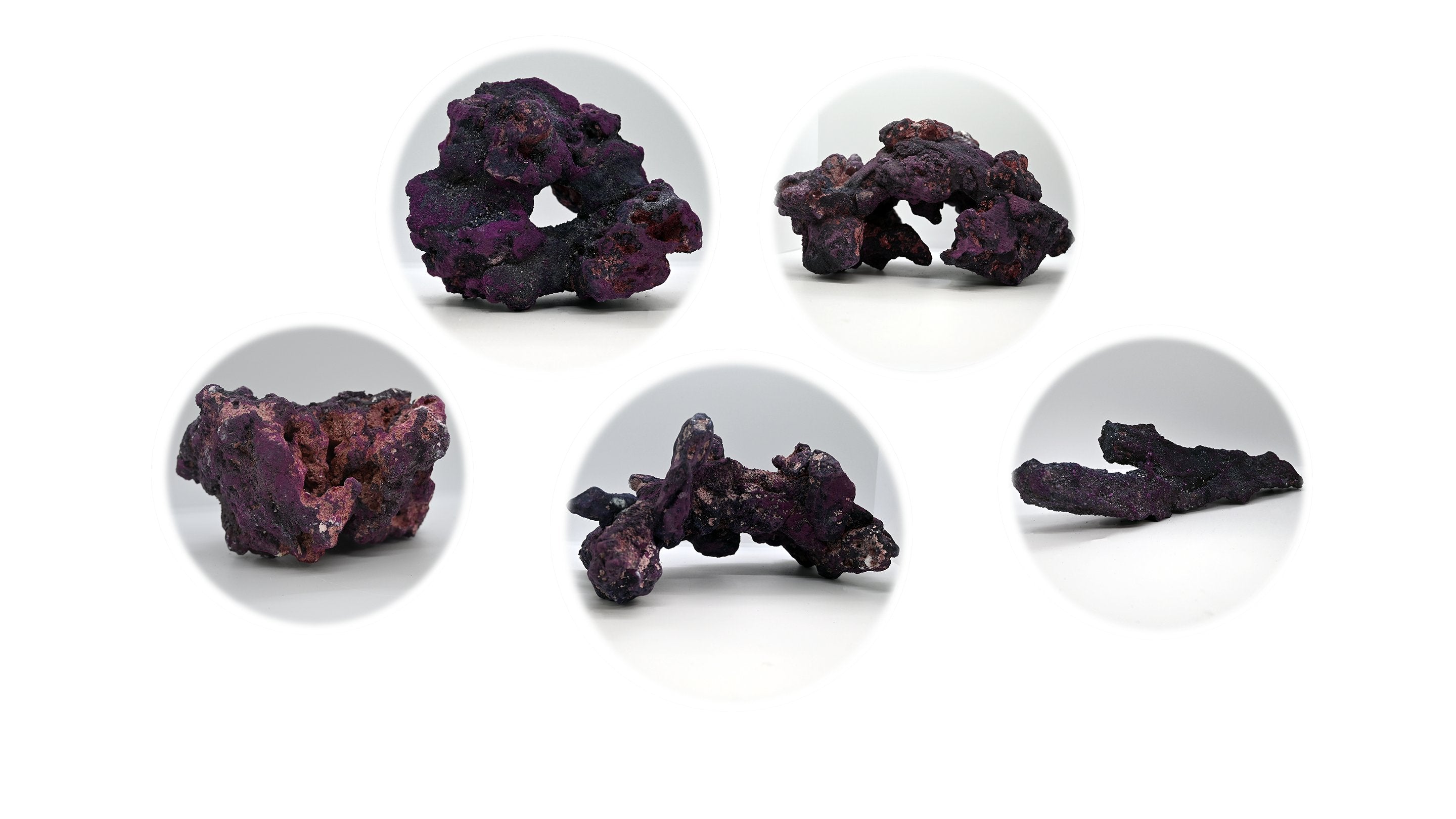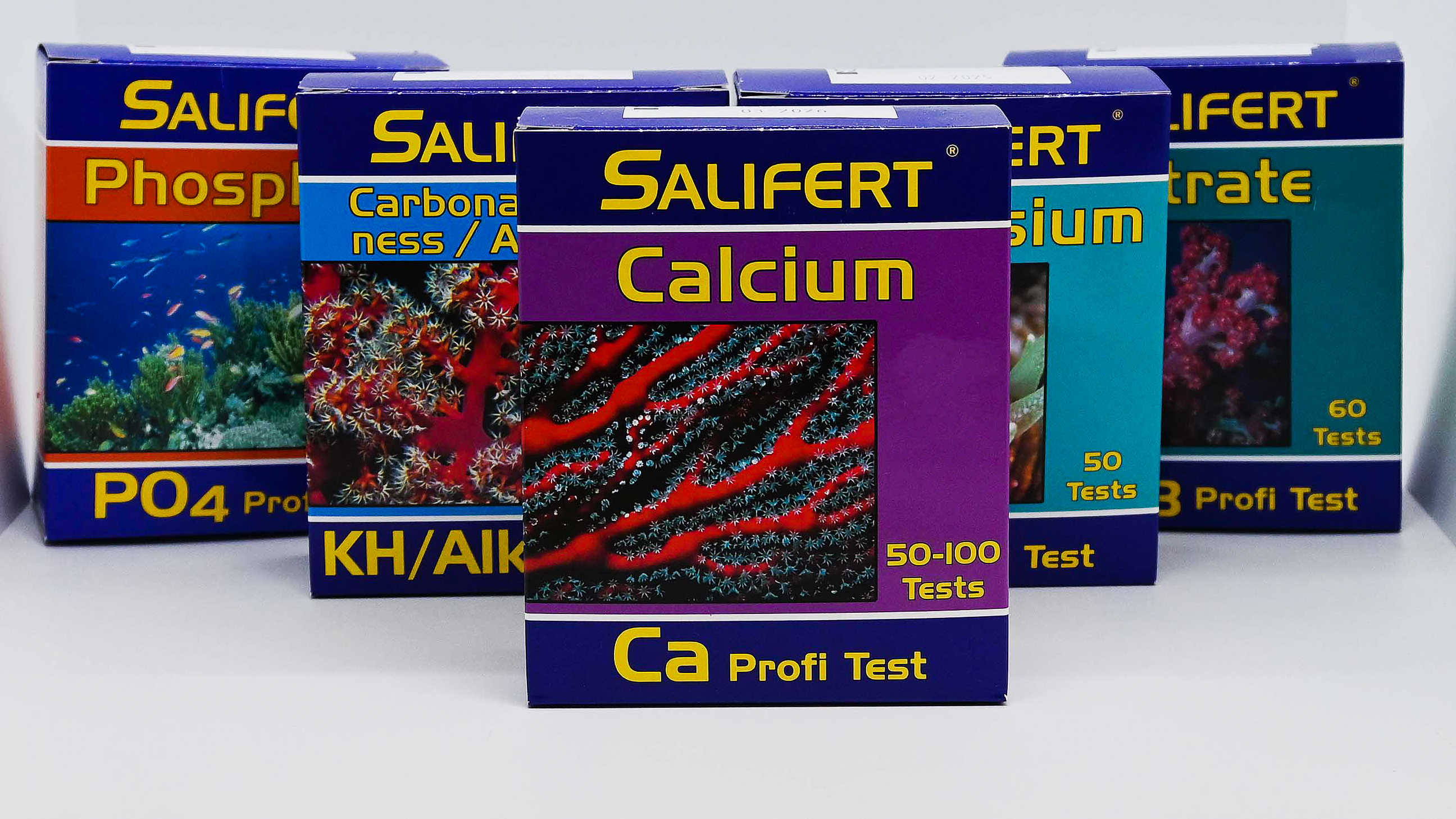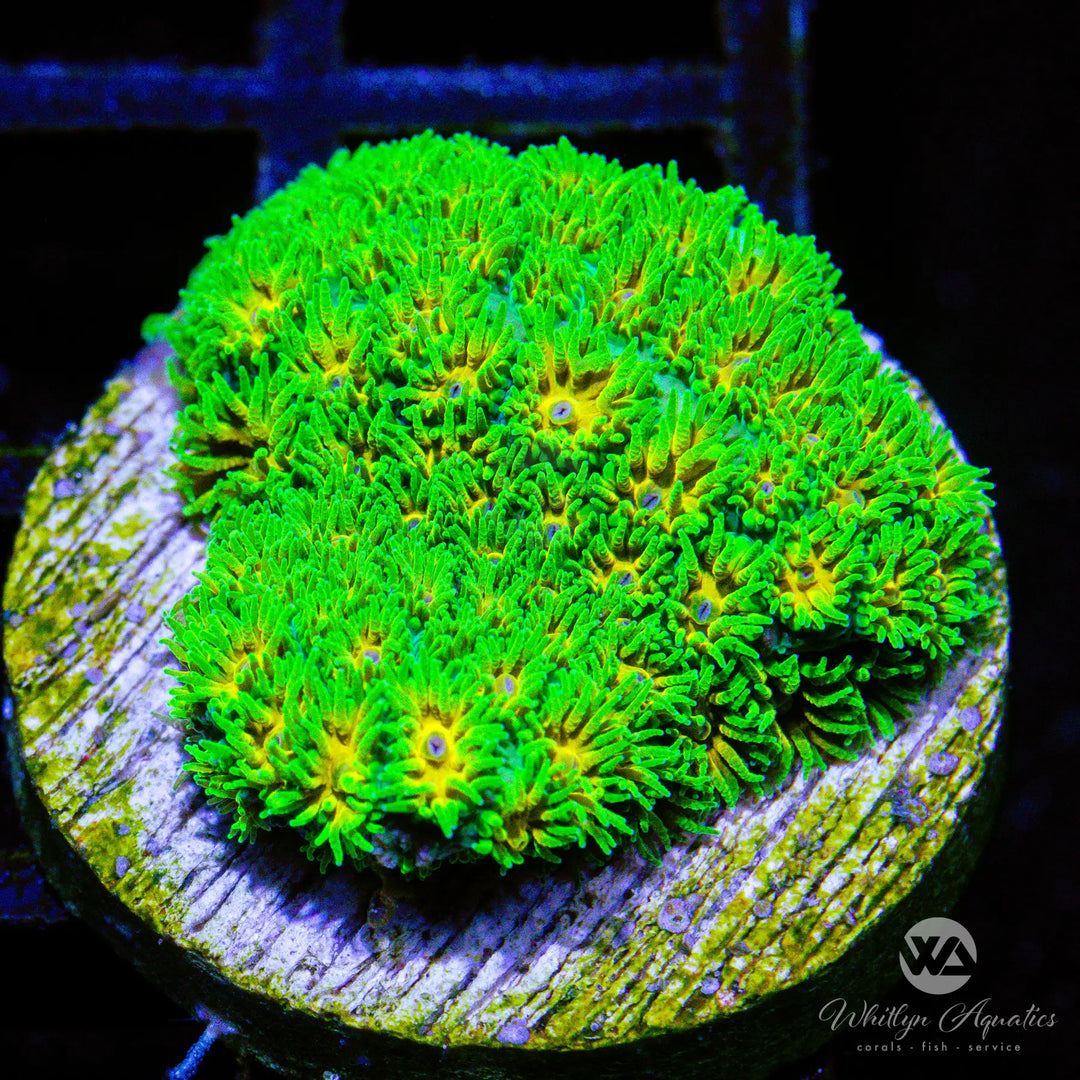
(F7) John Deere Lepto - WYSIWYG
- Low stock - 1 item left
- Backordered, shipping soon
All WYSIWYG (What You See Is What You Get) corals will be the exact specimen in the photo. Please note that corals may grow and shift in coloration slightly in the time between the photo being taken and delivery. We will contact you before shipping in the rare instance that the coral no longer meets the standards set by the photo.
Leptastrea corals are hardy encrusting LPS corals that form dense, boulder-like colonies with small, closely packed polyps. They are popular for their unique textures, fluorescent colors, and ability to adapt to a variety of reef conditions. Their durability and growth pattern make them an excellent choice for both beginners and experienced reef keepers.
Scientific Name & Identification
Leptastrea corals (Leptastrea species) are recognized by their encrusting or dome-like growth, small round polyps, and dense skeletal structure. Polyps are typically extended both day and night, giving colonies a fuzzy appearance. They are sometimes mistaken for Favia or Cyphastrea, but their polyp structure is tighter and more uniform.
Natural Habitat
Found throughout the Indo-Pacific, Leptastrea colonize shallow to mid-depth reefs. They are often found encrusting over rockwork and rubble, thriving in moderate flow and varied lighting conditions.
Aquarium Care & Setup
Temperature: 74–80°F (23–27°C)
pH: 8.1–8.4
Salinity: 1.024–1.026
Flow: Moderate; enough to keep polyps clean but not so strong as to cause tissue recession
Lighting: Moderate (50–150 PAR). Can adapt to both lower and higher light levels with acclimation
Placement: Rockwork or substrate, leaving room for colonies to expand outward
Feeding Leptastrea
Leptastrea are photosynthetic but benefit from occasional feeding of small particulate foods such as phytoplankton, reef roids, or fine powdered coral diets. Target feeding at night, when polyps are more extended, can encourage faster growth.
Growth and Behavior
Leptastrea exhibit an encrusting growth form, eventually forming rounded colonies that can cover large areas of rockwork. They are semi-aggressive and should be given space from other corals to prevent stinging or overgrowth.
Tankmates
Compatible with most peaceful reef fish and invertebrates. Avoid close placement to aggressive LPS with long sweeper tentacles.
For more information, check out our Leptastrea Care Guide.
Are Leptastrea corals easy to keep?
Yes, they are hardy and adaptable, making them suitable for beginner reef keepers.
Do Leptastrea corals need feeding?
They photosynthesize but benefit from supplemental feedings of fine particulate foods.
What lighting do Leptastrea corals need?
Moderate lighting (50–150 PAR) is ideal, though they can adapt to different levels with proper acclimation.
Where should I place Leptastrea in my tank?
On rockwork or substrate, giving them room to spread as they encrust and grow outward.
Are Leptastrea corals aggressive?
They are semi-aggressive and should be given space from nearby corals.
How fast do Leptastrea corals grow?
They grow at a steady moderate pace, spreading outward as they encrust rock surfaces.


